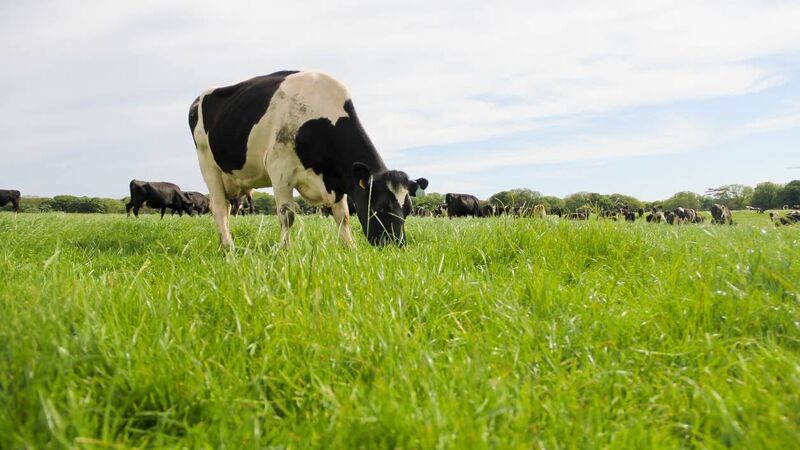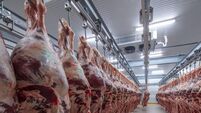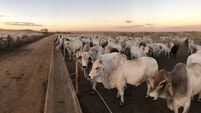In the buff! How to buffer-feed to complement top-quality grass

Second-round grass samples have shown dry matters above 20%, which for April indicated slow growth.
Last week, I wrote about getting optimum value from your grass. As I write, this week we still haven’t seen the growth rates that we need to outstrip demand.
Many are now experiencing difficulty in keeping enough grass in front of stock and supplementation has had to be increased in many yards. All going well, we will see the required growth rates soon, even though the soil moisture deficit seems to be increasing. A lot could be said for a good day's rain!
Interestingly, cows are very content on grass at present, but yields are back relative to previous years. I have tested a good few samples on second-round grass last week and the results are a real eye-opener.
Dry matters were above 20%, which for April indicated slow growth. Proteins are far lower in grass than you would normally see at this time of year, with most below 20%.
You would expect dry matter to be 14-16% if grass were growing faster and proteins to be in the mid-20s.
Energy and DMD are good as swards are still pure leaf. However, the consequence of the lower protein has been poorer total dry matter intakes, ultimately suppressing yields and also butter fats. Extra supplementary protein would be a big help until growths accelerate.
Buffer feeding is the complementing (not replacing) of grass with a mix of concentrates and or forages in the yard around one or both milkings.
Some may, however, need to use a buffer to replace grass they don’t have in the short to medium term.
The best feeds to use are those high in starch and fibre, such as maize silage and whole-crop, as these are ideal chemical and physical complements to grazed grass. If alternative forages are not available, then a mix of straw and hig- energy dry feeds such as cereal grains, sugar beet pulp and molasses will provide excellent buffer feeds.
If protein supplementation is required for high yielders, then soyabean meal is the product of choice.
Obviously, in the current climate, costs firstly, and availability secondly, of these ingredients will determine any feeding strategy used to complement grazed grass.
Many will buffer feed until they get to the end of April and then stop quite abruptly without thinking the decision through properly.
Why would you make any dramatic changes to a herd’s diet in the middle or when you are just about to start breeding? Feed as much grass as you have available and get as much into each cow as they can consume and then fill the gap between what they eat and what they need to fulfil their genetic potential.
Remember that buffer feeding does not always mean feeding forages in the feed passage and can simply be done in the parlour depending on grass availability. Watch that you don’t feed excessive protein in the parlour.
Once we are into the second rotation and beyond, then a low protein 12-14% is sufficient in the parlour when you are typically balancing 22-26% protein grazed grass.
If your milk buyer tests for milk urea, then you have an excellent tool at your disposal to assess protein supply and utilisation.
Maximising dry matter intake post-calving and leading up to breeding will help to prevent cows from going into severe negative energy balances.
Balancing of ration ingredients correctly lifts milk protein. Lift ration starch and sugar levels when complementing grazed grass in order to do this.
It is important to take action if milk protein or butter fats are falling.
Bear in mind that butterfat is a reflection of the diet fed in the day or two before, while protein is a reflection of the cows' energy status or diet seven to 10 days ago.
A drop in lactose indicates poor energy supply or utilisation. Also, look at reviewing your dry cow management as this has an influence on milk protein and fat content and subsequent fertility.










